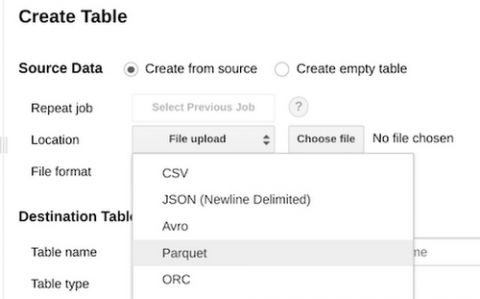Qlik Acquires Podium Data
Radnor, PA - Qlik®, a leader in data analytics, today announced the acquisition of Podium Data, an enterprise-grade data management company whose solution simplifies and accelerates customers’ ability to manage, prepare and deliver analytics-ready data to every business user across a diverse data landscape. This acquistion expands Qlik’s mission, moving beyond analytics to being a provider of solutions that democratize data for every user to create a more data literate world.





